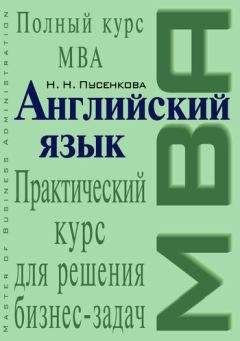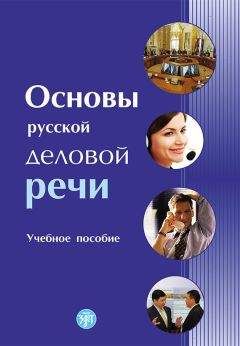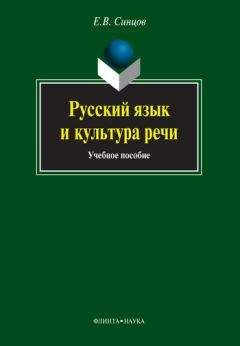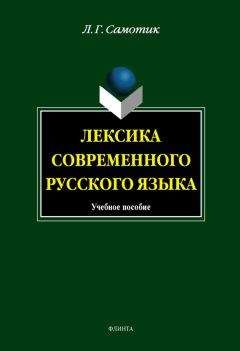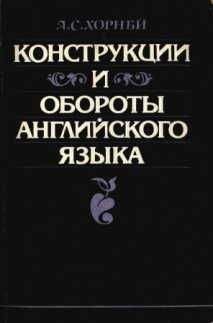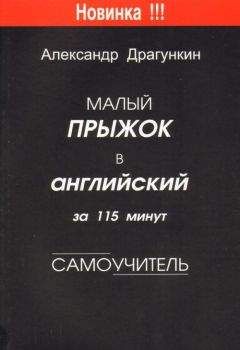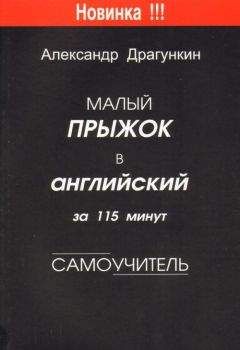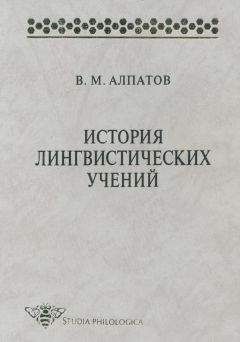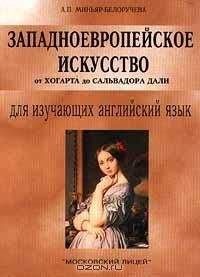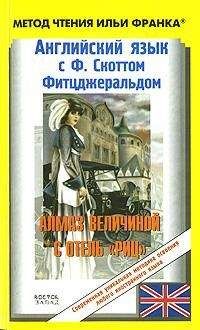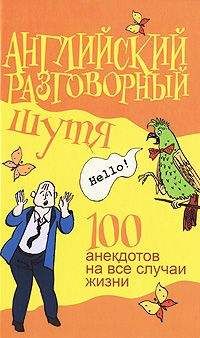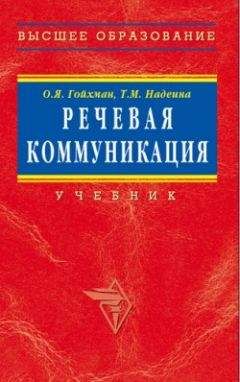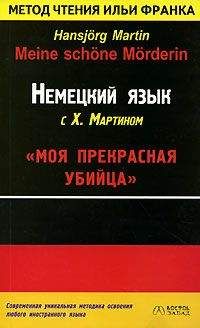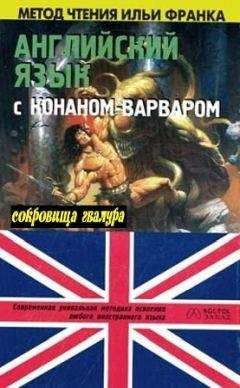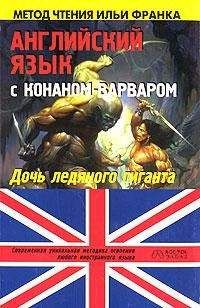А. Миньяр-Белоручева - Западноевропейское искусство от Джотто до Рембрандта
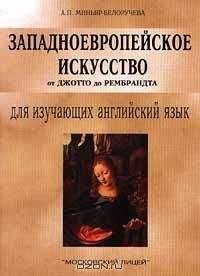
Скачивание начинается... Если скачивание не началось автоматически, пожалуйста нажмите на эту ссылку.
Жалоба
Напишите нам, и мы в срочном порядке примем меры.
Описание книги "Западноевропейское искусство от Джотто до Рембрандта"
Описание и краткое содержание "Западноевропейское искусство от Джотто до Рембрандта" читать бесплатно онлайн.
Тексты настоящего пособия охватывают пять веков западноевропейской живописи от Джотто до Рембрандта. Это дает возможность обучаемым приобрести не только лингвистические знания, усвоив обширный лексический материал, но и культурологические, поскольку последовательный хронологический переход текстов от одного художника к другому позволяет создать более или менее целостную картину развития западноевропейской искусства с XIII по XVII вв. Система упражнений направлена на усвоение лексического материала и развитие навыков устной речи.
Данная книга является первой частью цикла учебных пособий для изучающих английский язык и предназначена для студентов-искусствоведов, учащихся классических гимназий, лицеистов и всех интересующихся искусством.
Учебный центр «Московский Лицей»
пособие для изучающих английский язык
издание второе переработанное и дополненное
Москва -1999
Рецензенты:
И. И. Малинина кандидат филологических наук
Н. В. Васютина кандидат филологических наук
РЕКОМЕНДОВАНО кафедрой иностранных языков исторического факультета МГУ им. М. В. Ломоносова
A View of Haarlem, of about 1670, by Jacob van Ruisdael (1628/29-82), opens up an immense prospect from the vantage point of the dunes. The city appears only on the flat horizon, a sparkle of windmills and spires is dominated by the mass of the Great Church. The immensity of the space is increased by the light falling from between clouds on the farmhouses and the linens whitening in the foreground. The birds fly higher and the clouds seem more remote than in Van Goyen's picture.
One of the greatest Dutch landscapes is the Avenue at Middelbarnis, of 1689, by Meyndert Hobbema (1638-1709), Ruisdael's pupil. Constructed on the humble theme of a rutted country road plunging into the picture between feathery trees that have long lost lower branches for use as firewood, the spatial climax is compelling.
Albert Cuyp (1620-91), influenced by Dutch painters who had travelled in Italy, preserves a similar feeling for space in his Landscape with Cattle and Figures, of about 1650, which is intensified by the animals and people grouped in the foreground.
The art of Pieter De Hooch (1629-after 1684) glorifies the harmony of the perfect bourgeois household, with everything in its proper place and respect for cleanliness and order raised almost to a religious level. The Linen Cupboard, of 1663, is De Hooch's Baroque climax. In this picture, illuminated by an unseen window, De Hooch depicts the simple act of counting neatly folded sheets taken from their carved and inlaid cabinet in an interior whose cleanliness matches its perfect perspective and its clear bright colour; the black-and-white marble floor leads the eye through the door to the view across the street. By means of pictures on the wall the painter shows that art is a part of the ideal daily life.
The opposite of De Hooch's religious order is the disorder of Jan Steen (1625/26-79), who revived the humour of the Late Gothic burlesque. To this day a «Jan Steen household» is the Dutch expression for a house in which nothing goes right. Everything goes wrong in The World Upside Down, which is a parody on De Hooch's Linen Cupboard. It was also intended as a moralizing picture. Jan Steen, who kept a tavern, was never tired of representing the effects of visits to him. Here the scene shifts to the kitchen; the same lady of the house in the same costume as in De Hooch's Linen Cupboard has fallen asleep; beer runs from the keg over a floor strewn with garbage, a pipe and a hat; children, a pig, a dog, a duck, and a monkey are where they ought not to be and are doing what they ought not to do. The housemaid hands a glass of wine to her sweetheart, nobody pays any attention to an elderly man reading from a book or to an old woman trying to bring some order into the situation. To intensify the effect, Steen is treating his figures with conviction and vigour.
Dutch still lifes were often intended to appeal to the eye and the palate at once. Some are crowded with an unappetizing profusion of fruit or game, but the most tasteful and tasty are those restricted to the makings of between-meals snacks (they are traditionally referred to as 'breakfast pieces'). White wine, a bit of seafood or ham, lemon, pepper, and salt are the subjects, along with polished silver, crystal goblets and a rumpled tablecloth. The spectator is tantalized not only by the delicacy with which the carefully selected objects arc painted, but also by the expensive carelessness with which a lemon has been left partly peeled and a silver cup overturned.
Willem Heda (1599-1680/82) was the master of still life. In his Still Life, despite limitations of subject matter, he demonstrates an unexpected eloquence in the rendering of golden light, as well as sensitivity in establishing the precise relationships between transparent, translucent, reflecting, and mat surfaces – a silent drama of pure sense presented in the style of a Caravaggio religious scene against the typical background of nowhere, fluctuating between shadow and light.
Make sure you know how to pronounce the following words:
Hobbema; Hals; Cuyp; Ruisdael; Haarlem; genre; burlesque; fluctuate; eloquence; palate; horizon; tantalise; monochrome
TasksI. Read the text. Make sure you understand it. Mark the following statements true or false.
1. Jan van Goyen placed figures to a dominant position.
2. Heda's still-lifes are referred to as «breakfast pieces».
3. De Hooch represented genre scenes of the lower classes life.
4. Jacob van Ruisdael was the best Dutch landscape painter.
5. To this day a «Jan Steen household» is the Dutch expression for the harmony of the perfect bourgeois household.
6. One of the greatest Dutch landscapes is the Avenue at Middelbarnis by Meyndert Hobbema.
II. How well have you read? Can you answer the following questions?
1. What system produced the «little masters»? In what did they specialize? Were all the «little masters» of high quality?
2. What was Jan van Goyen famous for? What did he like to paint? What is Van Goyen's masterpiece? What is depicted in this picture?
3. What did Jacob van Ruisdael paint in 1670? What is this landscape noted for? How is the immensity of the space increased?
4. What did Albert Cuyp paint in 1650? How did he intensify the space?
5. What is represented in the Linen Cupboard? How did De Hooch render the religious order of the bourgeois life? What did the painter show by means of pictures on the wall?
6. What kind of picture is the World Upside Down? What does it demonstrate?
7. What do Dutch still lifes depict? Who was one of the chief practitioners of Dutch still lifes? What did he demonstrate in his paintings? What did he establish?
III. I. Give Russian equivalents of the following phrases:
genre scenes; a sense of composition and colour; translucent browns; still life; polished silver; the harmony of the bourgeois household; to establish the relationships between transparent and mat surfaces; vantage point; to be of extremely high quality; the realm of space and light; to appeal to the eye and the palate; to determine the mood of the scene; the celestial architecture of shifting clouds; dashing brushwork; windmills and spires; breakfast pieces; to make pictures lively; housemaid; a monochromatic vision; moralizing picture; carved and inlaid cabinet; according to the compositional principles; sketchy touches of the brush; to handle figures with conviction and power; burlesque; religious scenes; riverscapes; seascapes; travelscapes; hunting scenes.
II. Give English equivalents of the following phrases:
оживить картину; стремительные мазки; царство пространства и света; система открытого рынка; «завтраки»; начищенное серебро; жанровая живопись; дорожный пейзаж; переместить сцену на кухню; моралистическая картина; морские битвы; эскизные мазки; специализироваться по отдельным видам тематики; шумные сцены в таверне; небесная архитектура движущихся облаков; чувство композиции и цвета; одноцветная картина; прославлять гармонию буржуазного быта; натюрморт; возродить поздне-готический бурлеск; резной инкрустированный комод; великолепная панорама; место, дающее хороший обзор.
III. Make up sentences of your own with the given phrases.
IV. Arrange the following in the pairs of synonyms:
a) remote; to fluctuate; shimmering; burlesque; transparent; celestial;
b) to wave; distant; glowing; parody; translucent; heavenly.
IV. Here are names of the «Little Masters». Match them up to the titles of the paintings. Describe these works of art.
1. Pieter De riooch
2. W i I lem С laesz Heda
3. Jan van Goyen
4. Jan Steen
5. Aelbert Cuyp
6. Meyndert Hobbema
7. Jacob van Ruisdael
a. Landscape with Cattle
b. Still Life
c. Avenue at Middelbarnis
d. A View of Haarlem
e. The World Upside Down
f. Linen Cupboard
g. River Scene
V. Translate the text into English and Figures.
Станковая живопись – основное достижение голландского искусства XVII в. Бытовая живопись стала одним из ведущих жанров. В истории искусства создатели этого жанра называются «малыми голландцами». Голландцы хотели видеть в картинах весь мир. Каждый состоятельный (well-to-do) голландец считал картину лучшим украшением своего жилища. Большой спрос и связанная с этим конкуренция вызвали специализацию художников по отдельным видам тематики: одни писали портреты, другие – жанровые сцены, натюрморты, пейзажи: городские, сельские, дорожные. Расцвет пейзажной живописи в голландской школе относится к середине XVII в. Крупнейшим мастером реалистического пейзажа был Якоб ван Рейсдал.
Наивысшего расцвета достиг натюрморт. Виллем Хеда чаще всего изображает «завтраки»: блюда с окороком или пирогом на скромно сервированном столе. С течением времени «завтраки» Хеды сменяются роскошными «десертами» Калфа. На смену простой утвари приходят мраморные столы, ковровые скатерти, серебряные кубки, хрустальные бокалы.
VI. Summarize the text.
VII. Topics for discussion.
1. Dutch landscape.
2. Dutch genre painting.
3. Dutch still-life.
Unit XV Hals (1581/85-1666)
Recognized today as one of the most brilliant of all portraitists, Frans Hals was probably born in Antwerp and was brought to Haarlem as a child. Interested in human face and figure, Hals was blessed with a gift for catching the individual in a moment of action, feeling, perception, or expression and recording that moment with unerring strokes. Among his early commissions were group portraits of the militia companies that had been largely responsible for defending the new Dutch republic in the hostile world; these paintings radiate its self-confidence and optimism. Hals usually shows the citizen-soldiers in the midst of the banquets. The compositions, picturing a dozen or more males, mostly corpulent and middle-aged, each of whom had paid equally and expected to be recognizable, were not conductive to imaginative painting. The predecessors of Hals had composed these group portraits in alignments hardly superior compositionally to a modern class photograph. It was the genius of Rembrandt to raise them to a level of high drama. But Hals in his Banquet of the Officers of the Saint George Guard Company, of 1616 has a superb job within the limitations of the traditional type. The moment is relaxed, the gentlemen turn toward each other or toward the painter as if he had been painting the whole group at once, which was not certainly the case. Massive Baroque diagonals – the curtain pulled aside, the flag, the poses, the ruffs – tie the picture together into a rich pattern of white and flashing colours against the black costumes. Broad brushstrokes indicate the passage of light on colour with a flash and sparkle unknown even to Rubens.
The warmth of Hals's early style is seen in The Laughing Cavalier. The date 1624 and the subject's age 26 are inscribed in the background, and since the Cavalier's diagonal shadow also falls on it, it is clearly a wall. The Caravaggesque nowhere is thus converted into a definite here. The wall is irradiated with light and seems insubstantial. The armours proclivities of the young man are indicated by the arrows, torches and bees of Cupid and the winged staff and hat of Mercury embroidered in red, silver and gold on the dark brown of his slashed sleeve, with his glowing complexion, dangerous moustaches, snowy ruff and dashing hat, the subject is the symbol of Baroque gallantry. The climax of the painting is the taunting smile on which every compositional force converges.
The opposite of this glittering portrait is the sombre Malle Babbe, of about 1630-33. Nobody knows who the old creature was or the meaning of her nickname. Often called an «old crone» she might be from forty to sixty years old. Hals has caught her in the midst of a fit of insane laughter. Possibly she is a town idiot and the owl on her shoulder is a symbol of foolishness. The expression seized in a storm of strokes is rendered with a demonic intensity.
About 1664 when he was past 80, Hals showed a still different side of his character and ability in the Regentesses of the Old Man's Almshouse. Painted almost entirely in black and white and shades of grey, this solemn picture is united by diagonal movements. The painter had only devastated faces and white collars of the women as component elements. Each of the subjects has reacted in a separate way to age and experience, yet all participate in a calm acceptance of the effects of time. In its simplicity the composition shows an expressive depth unexpected in the generally excited Hals.
Make sure you know how to pronounce the following words:
Hals; Haarlem; Antwerp; cavalier; banquet; regentess
NotesBanquet of the Officers of the Saint George Guard Company – «Портрет офицеров гильдии святого Георгия»
The Laughing Cavalier – «Портрет молодого офицера»
Malle Babbe – «Мале Бабе»
Regentesses of the Old Man's Almshouse – «Регентши приюта для престарелых»
TasksI. Read the text. Mark the following statements true or false
1. Today Hals is recognized as the most brilliant portraitist.
2. Hals shows citizen-soldiers in the midst of the banquets.
3. Malle Babbe is a glittering portrait.
4. The warmth of Hals's early style is seen in the Regentesses of the Old Man's Almshouse.
Подписывайтесь на наши страницы в социальных сетях.
Будьте в курсе последних книжных новинок, комментируйте, обсуждайте. Мы ждём Вас!
Похожие книги на "Западноевропейское искусство от Джотто до Рембрандта"
Книги похожие на "Западноевропейское искусство от Джотто до Рембрандта" читать онлайн или скачать бесплатно полные версии.
Мы рекомендуем Вам зарегистрироваться либо войти на сайт под своим именем.
Отзывы о "А. Миньяр-Белоручева - Западноевропейское искусство от Джотто до Рембрандта"
Отзывы читателей о книге "Западноевропейское искусство от Джотто до Рембрандта", комментарии и мнения людей о произведении.





